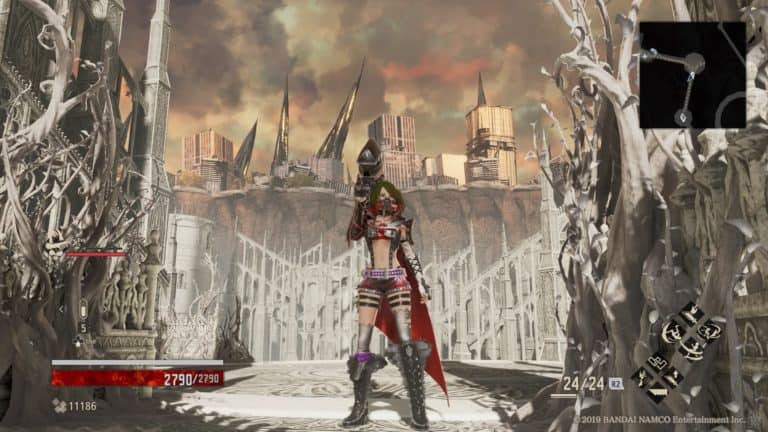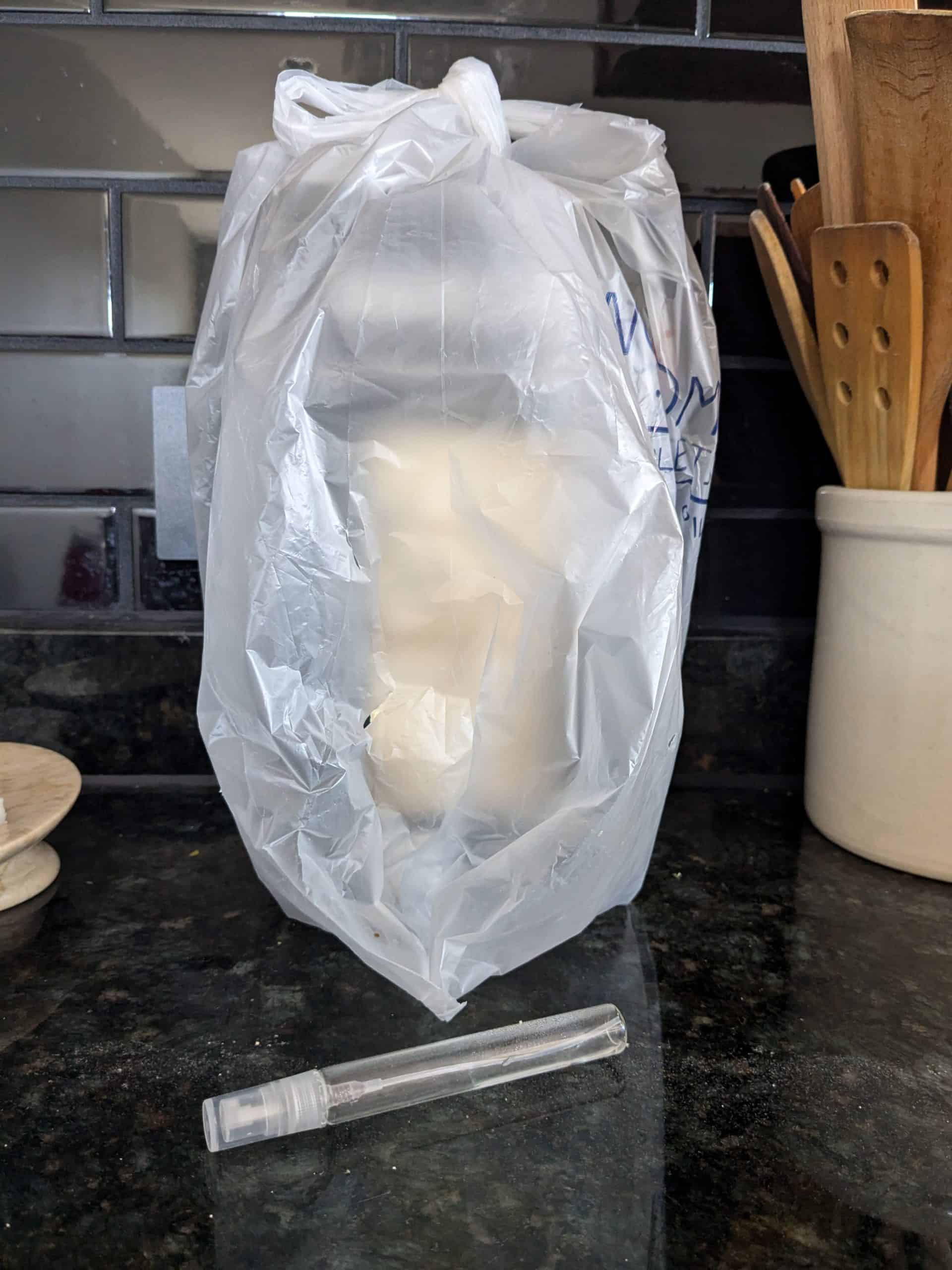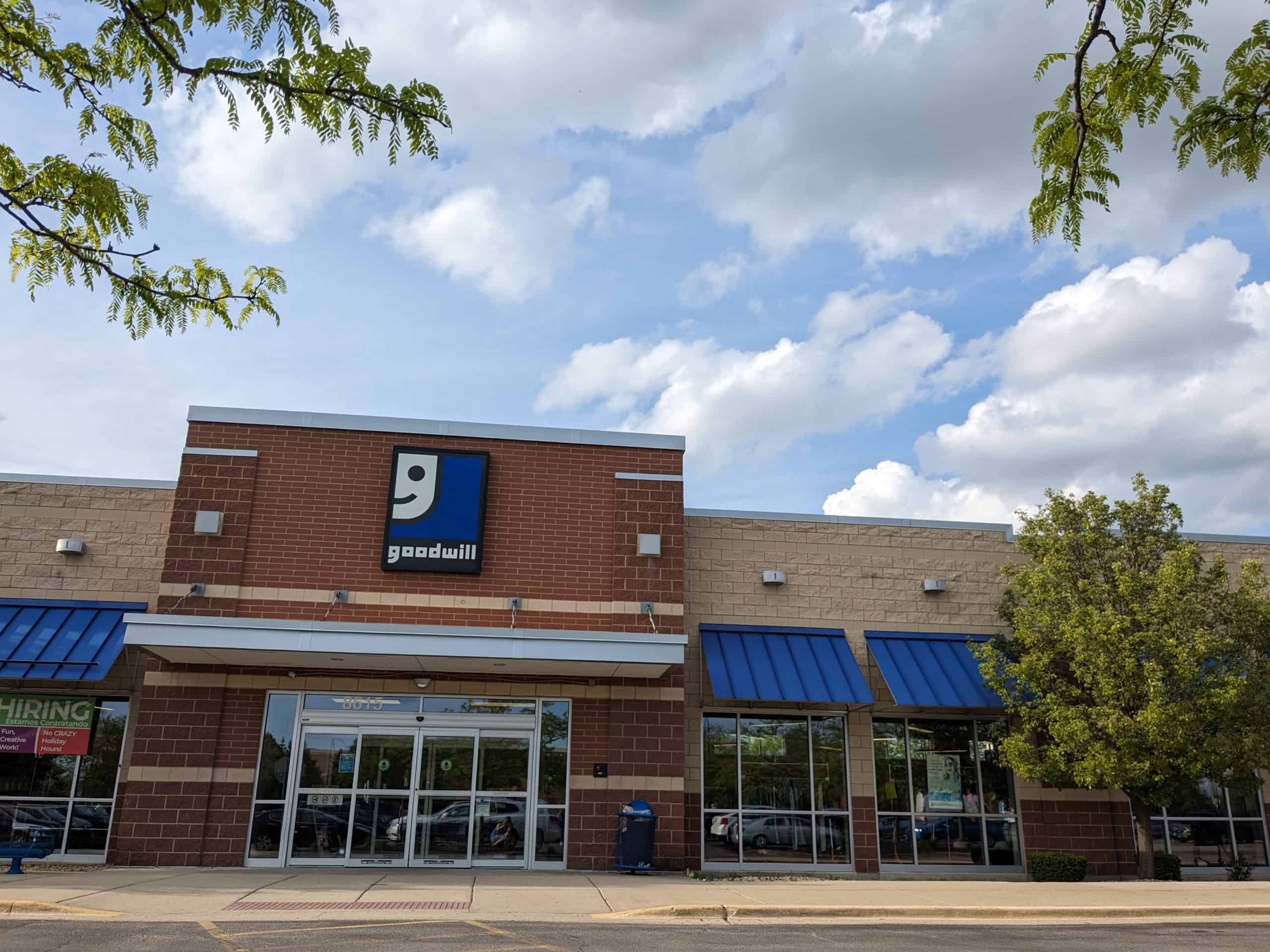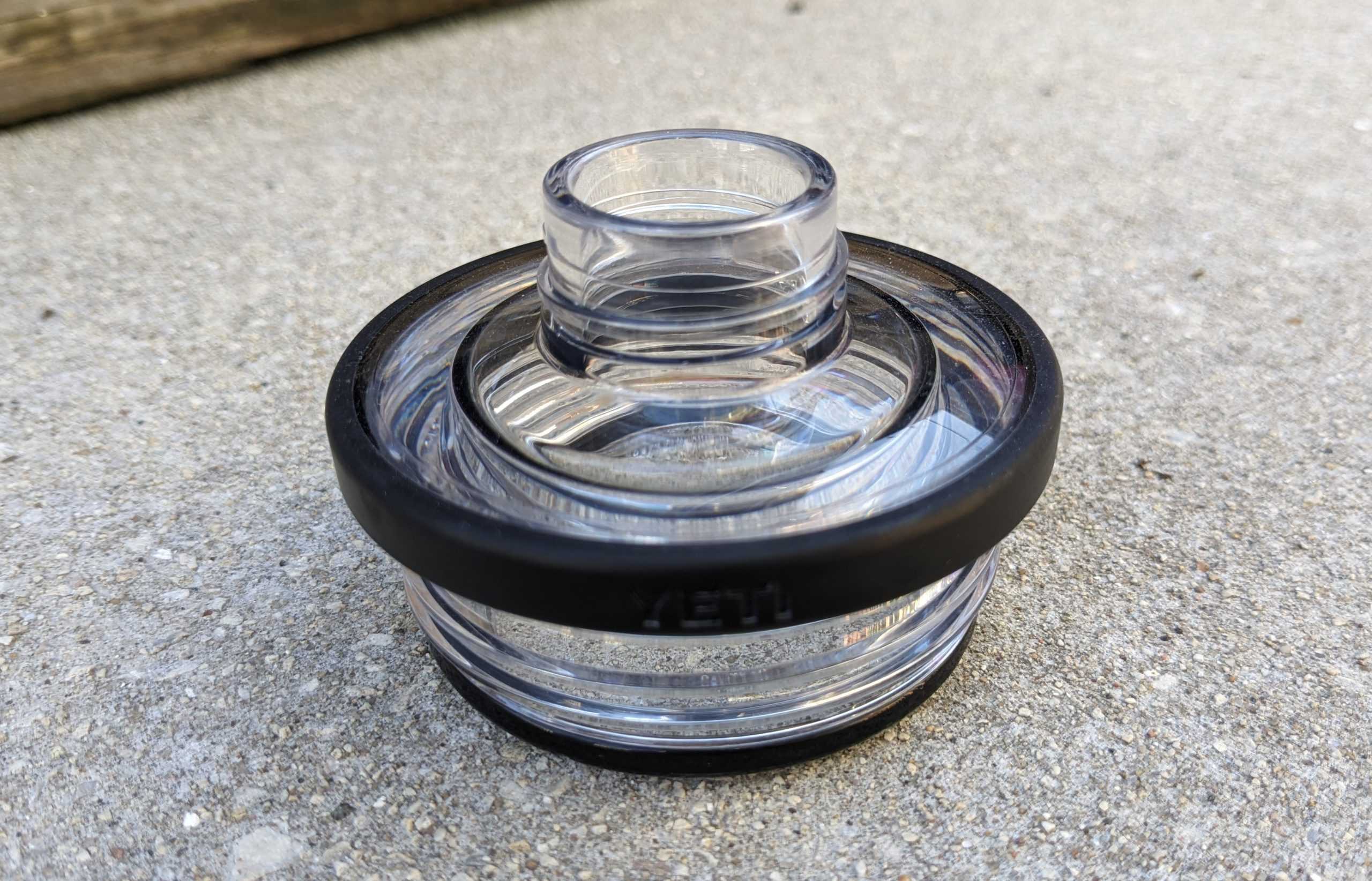“When I had journeyed half of our life’s way,
I found myself within a shadowed forest,
for I had lost the path that does not stray.
Ah, it is hard to speak of what it was,
that savage forest, dense and difficult,
which even in recall renews my fear:
so bitter-death is hardly more severe!
But to retell the good discovered there,
I’ll also tell the other things I saw.
I cannot clearly say how I had entered
the wood; I was so full of sleep just at
the point where I abandoned the true path.
But when I’d reached the bottom of a hill
it rose along the boundary of the valley
that had harassed my heart with so much fear-
I looked on high and saw its shoulders clothed
already by the rays of that same planet
which serves to lead men straight along all roads.
At this my fear was somewhat quieted;
for through the night of sorrow I had spent,
the lake within my heart felt terror present.”
— Inferno by Dante Alighieri, Canto 1, translated by Allen Mandelbaum
Yesterday we completed every main Code Vein map. Playing two to four hours per evening over a month, we invested about 90 hours in the game. We spent hours watching cutscenes and upgrading gear and skills. On tough bosses, we wasted ages dying and reloading, correcting our mistakes. At least 30 percent of the time Code Vein was running, though, our Revenant avatars weren’t fighting or listening to tales of Blood Beads and broken hearts. They were completely lost.
They’d abandoned the true way through the map. The path that does not stray had disappeared. They pulled levers, opened doors, and climbed stairs that led to dead-ends or places they’d been before. They went in circles. Sometimes they walked the same roundabout path ten times in a row—a series of mistakes had become a habit. Their sense of direction was unreliable. Their memories lied. The minimap was useless.

All in all, we spent at least 27 hours lost in a virtual environment. That’s a conservative estimate, but it’s still more than a 24-hour day. No real-world city’s directions could so have alluded us; no paper maze could so have consumed us; and no puzzle game would have left us without a clue for hours on end. Passing time like a rat in a laboratory maze was equal parts frustrating and boring. Once you’ve cleared the trash from a Code Vein map, there’s no more fighting unless you return to the last waypoint and reset the map, destroying any forward progress you’d made.
It goes without saying that we despised being lost in Code Vein. Certainly we would have better enjoyed the game if its maps had a linear dungeon format, with mobs in the tunnels, bosses at checkpoints, and treasures in the corners. We would have finished faster. We would have fought more mobs per minute. We would have enjoyed the game like a drink of pure water, rather than a bottle of mezcal with a worm inside.
We’re certain that Bandai wanted us lost, and the developers considered the challenge of map navigation fundamental to this game. This article examines the methods Bandai used to disorient players, and attempts to answer the following question: How does the experience of getting lost contribute to the gameplay in Code Vein? We looked for answers in the game. We looked for answers in level design books. We looked for answers in our souls.
Fetch Gameplay: The Rat in the Maze Must Find His Cookies
Code Vein’s maps are like mazes. The toughest have four or more stories, connected by ladders, stairways, and elevators floating in space. If conquering the maze were a simple matter of locating the final boss, few players would find themselves lost. Instead, players—conscientious ones at least—must visit every part of the maze, even if they know it’s a dead end or circuitous passage. Tucked into these corners are weapons, gear, items, and all-important “vestiges.”
In Code Vein, vestiges unlock unique skills. Some classes and skills are given to players after they defeat certain bosses, but collecting vestiges is the primary method of acquiring the game’s skills. In end-game maps, collecting each hidden vestige before defeating the boss unlocks an entirely new class, with its own handful of unique skills. If you miss a vestige, but later return to the map and find it, too bad. You’re not getting your class unlock unless you do it all again in New Game Plus. That means one missed vestige can sacrifice five or more skills.
Thus Code Vein ties progression to exploration. If you rush through a map and defeat the boss, you won’t unlock new skills or classes. It will be a Pyrrhic victory, damaging your long-term build and combat possibilities. Moreover, some maps require a key to unlock the door to the next section. You won’t get through this game without searching for something. And once the hunt begins, you’ll pursue all quarry until nothing remains.
“There are serious issues in many games with so-called fetch gameplay, or what I term collectathons. Fetch gameplay is a situation in which the player’s progress is frustrated at a specific physical location in a level and the player is told to go find certain items. Within reason, this kind of gameplay is fine, but often we see that the level duration is padded out excessively by blatant fetch quests that don’t add anything to the experience. . . Fetch gameplay can turn into a real nightmare when misguided level designers suddenly realize that they can ask their players to fetch not one, but many, items before progressing.”
— Rudolf Kremers, Level Design: Concept, Theory, and Practice
Fetch gameplay is inherently crappy. We call it “fetch” from “step and fetch it” or “steppin’ and fetchin’.” The origin of these terms confirms their malevolent nature. “To step and fetch is how many people once described the job of a slave or handyman,” according to A Way With Words public radio. The black actor who in the mid 20th century took the stage name Stepin Fetchit, further popularizing the term, attempted to portray “the laziest man in the world.” Retrieving items can certainly be a brainless activity.
Did fetching Code Vein’s vestiges add something to the experience? Did retrieving a set quantity of items from a maze provide opportunity for our human intelligence to shine? Moments of achievement, amusement, or satisfaction? For a lover of puzzles, perhaps it does, but if the owner of a corn-maze hid the proverbial handyman’s wrench deep within the maze, rage and lost time are the only effects we’d likely see.
Code Vein’s fetch gameplay adds a bitter taste to the game, and it definitely pads level duration. Each time a player returns to a map from the home base or travels from one checkpoint in a map to another, they must defeat the map’s inhabitants again. The toll ranges from minutes to hours. You can say defeating more trash earns players valuable experience and opportunity for growth, but you can’t say defeating trash while you’re lost is any more meaningful than defeating trash at other times. It’s merely a secondary effect of getting lost. There is no added benefit. The primary challenge is simple navigation.
What if Code Vein gave us tools and systems we could use to cover all ground and collect everything efficiently the first time? What if we could develop a smart system for clearing a Code Vein map? Perhaps then we could find pleasure in seeing our system through and getting fast results.
The Rules of The Code Vein Road: Incomplete Mapping and Ambiguous Tools
“There are multiple ways to keep an audience interested, generally through entertainment and engagement, in the traditional positive sense. But something strange happens when it becomes clear that the audience is exposed to an experience more akin to an ordeal. If this is done with skill, the artist will not lose the audience, but instead will enter into an agreement with it . . . the audience is willing to go quite far with the artist because of the implicit promise of a worthwhile experience. If the audience is ultimately rewarded well, it will not resent the difficult route in getting there.”
— Rudolf Kremers, Level Design: Concept, Theory, and Practice
The Code Vein player, like the frog in the pot, is slowly boiled alive in the maze. Rather than jump the pot, he looks for a way to lower its temperature. We want to beat this game, to complete it, because we like its weapons and combat (and its overdeveloped character customization options, which practically amount to an in-game Photoshop). We as players “entered into an agreement,” so-to-speak, with Code Vein, when we began to treat total map exploration as our duty and diligently use any available navigational tools. At every turn, Code Vein defied our systems and torpedoed our progress.
Of course we visited IGN’s Code Vein walkthroughs and watched several video walkthroughs. Following textual instructions or another player’s video may solve the problem of navigation, but it ruins the gameplay. Your attention is divided between the game and the walkthrough. Your goal is mimicry; combat and situational awareness take a backseat. It’s as entertaining as “following along” while a classmate reads aloud. Quickly we abandoned the idea of using walkthroughs for each map.
We got a lot of information from Fextralife’s Code Vein maps, to which I’ve linked several times in this article. These are copies of Code Vein’s in-game maps, but Fextralife’s have the locations of every item marked. Theoretically, players shouldn’t need a map such as Fextralife’s—Code Vein marks every nearby item with an “x” on the in-game maps, and gives players skills that reveal items’ locations and scan for missed items. How hard could it be to find a missed vestige if Fextralife told us its exact location, and Code Vein marked it with an “x” on our maps?
The first time we used Fextralife’s maps to locate a missed a vestige, each of us, searching independently in single-player mode, spent more than an hour lost and wandering.
When you look at a map, you try to find a direct route to your goal. Code Vein’s 3D mazes defy that concept. The game does not provide a symbol, such as a blinking up or down arrow, that indicates the location along the z-axis of an item or route in relation to your own. The path a player must take to reach a nearby item marked with an “x”, or to advance in the map at large, requires a long journey in another direction, down a winding trail that appears to lead elsewhere, and includes several turn-offs leading nowhere, to other areas of the map, or back to the start. Often, the right road requires the use of ladders and stairs, or a drop off a ledge onto a platform below. Other times, players must locate a key or pull a lever elsewhere in the map to unlock the door to the right road.
Looking at a 2D map, no one can tell upstairs from downstairs, or quickly judge which meandering route arrives at the destination. Unless Fextralife pays someone to do 3D rendering of these maps, the idea of pulling up a Fextralife map, and then quickly, methodically collecting all treasure, is bunk.
Game guides and online maps abandoned, we decided to use only what the game provides to navigate its hell-holes. When you enter a Code Vein map, your minimap and larger menu map are dark, unexplored. Their contours won’t be revealed until you activate the next checkpoint. Thus there are two stages of exploring a Code Vein map. The first stage, total darkness; and the second stage, with mapping. Early on, we thought our first priority was to reach the next mapping checkpoint, activate it, and then double back and explore what the map revealed we missed.
Of course backtracking was abominable, and, in some areas, impossible. In some maps, the distance between the first and second checkpoint was enormous. Getting there could take us more than an hour and drag us through several levels of towers and floating platforms. Still, this process made our exploration more thorough. We missed fewer items. We found connecting passages more quickly. But we also discovered that the game’s maps are designed for deception. Ledges from which a player can jump are not marked on the map, and any given room may include entrances and exits that are not displayed at all.
Losing trust in the maps was a major blow to our psyches, but we weren’t ready to give up. We added visual analysis to our process. We walked the contours of every room, and attempted to squeeze our characters into crannies to check if they contained something or led somewhere else. We peered off every ledge, ensuring there was no accessible platform below.
While you walk in Code Vein, your character leaves a trail of tiny dots—breadcrumbs—in his wake. These dots mark the places you’ve explored. You can further mark the map by using an item to drop an orb of light on the ground—this appears on your map as a large grey dot. Early in the game, you can earn a skill called Floating Light that creates the same orb, granting you unlimited custom-made breadcrumbs. That skill costs one “ichor,” Code Vein’s magic-like resource.
Now that we knew a passage we saw in the game wouldn’t necessarily appear on our maps for later exploration, Floating Light looked useful. When we came to an area with more than one exit, we dropped an orb of light in front of each path we didn’t take. Now every route, even the ones hidden by the map’s shape, was marked on our maps with a large grey dot.
Nevertheless, this method allowed for confusion. In a room with three exits, for example, you leave by the first exit; return and explore the second exit; then, upon returning a third time, you forget which of the two exits with the grey orbs you’d explored the second time. We refined the method. We dropped a second orb of light upon embarking on the exploration of a route with an orb of light; this served to “check off” or confirm exploration of that route.
We’re master navigators now, we thought. The process was arduous, but less so than using a game guide. No more missed vestiges; no more unexplored branches of the maze. Then we reached Crown of Sand.
Crown of Sand overflows with, well, sand. When the players touch this sand, it depletes their ichor. In some locations, you can sidestep the sand, but more often, wading or duck-rolling through several yards of sand is the only way to access the next area. This drains your ichor dry. As fast as you can restore ichor by defeating enemies, the sand takes it away. The majority of Crown of Sand is played with no ichor. Remember how I said Floating Light costs one ichor? One ichor was a small price to pay in earlier maps; now we found ourselves with not one, but zero ichor.
Unable to create our grey dots on the map, we passed by countless fissures and tunnels, never to return again. Our method was junk. Our spirits were broken. We gave up on Floating Light, and we gave up on collecting vestiges. I admit that we could have returned to town and purchased a pile of single-use items to create our orbs of light, but the thought of devoting even three more minutes to this idiocy pained us. We resolved to merely finish the game, leaving its trash behind.
We beat Crown of Sand’s boss and entered the next map, Crypt Spire, with a single goal. Find the boss, beat him, and be done with this wretched game. Like in Dante’s Canto I, in this Code Vein map, you start at the bottom; and if you gaze upward, past the colonnades and spires, you see the right road winding high above your head. There are eight ladders, an elevator, and ten levers. Whether this map is especially difficult to navigate, or whether our brains were simply fried, I can’t say for sure. For three evenings in a row, we turned on our Playstations and spent several hours walking in circles, completely lost, in Crypt Spire.
Memorization & Enlightenment
Today, we have nothing but resentment—and awe—at the difficult program of finishing Code Vein. I’ll admit that being lost in a virtual world was a more unusual, memorable game experience than crafting, loitering in a queue, indiscriminate looting, or watching long cut-scenes. Still, we’d rather spend eternity grinding ESO’s Veteran Maelstrom Arena, or journeying by foot across a meadow stuffed with enemy tanks in Battlefield V, than ever again return to a map such as Cathedral of the Sacred Blood, with its hundreds of staircases and twenty-odd ladders. We won’t be playing Code Vein a second time. For that very reason, we’re probably missing out.
“Let’s look at some typical skills associated with solving puzzles or problems:
– pattern recognition,
– lateral thinking,
– hand-eye coordination,
– abstracting/conceptualizing a problem,
– memory usage.”
— Rudolf Kremers, Level Design: Concept, Theory, and Practice
As far as puzzles go, Code Vein’s mazes lack all the higher-order skills, such as lateral thinking, hand-eye coordination, and conceptualizing a problem. They’re left with pattern recognition—if you dare call guessing which hidey-holes probably contain a vestige, and which ladders probably lead to the next area, recognizing “patterns.” The primary puzzle-solving skill the Code Vein player must use is mere memory usage. You must be able to recognize the scenery in a part of the map you’ve already visited to know that you’ve accidentally doubled back. If you die, you must remember where you were, and which ladders, stairways, and drop-offs led you there, and which were inessential.
Perhaps having Cathedral of the Sacred Blood memorized, and completing it in a flash, is what truly makes a godly Code Vein player. Not performing long combo sequences or perfect parries. Not putting together an unstoppable caster or tanky block build. Not defeating Blade Bearer without taking damage. If Bandai wants us replaying Code Vein hundreds of times, the main benefit would be remembering Cathedral of the Sacred Blood. If we memorized the maps, there’d be no more surprises. We’d feel we had an advantage. We’d puff up with nerdy pride. No more getting lost.
Memorizing the entirety of a huge virtual environment is certainly a more masterful human feat than tapping buttons; it’s possible that our pet pigeon, enticed with a seed, could defeat a Code Vein enemy with a few well-timed pecks to the controller. What makes us human? This is one of the narrative themes of Code Vein. One of the ways it’s addressed is by collecting and unveiling—you guessed it—the memories of our NPC companions. At one point, the player also takes a journey into his own memories, on a map designated specifically for the purpose.

It’s ironic, or a meta-joke, that the main enemies in Code Vein are called “The Lost.” Players play as “Revenants,” strange part-human, part-vampire beings created by an evil entity. The Lost are former Revenants “who have turned into dark, malevolent monsters by succumbing to their blood lust and losing their humanity,” according to Fandom. “In order to escape from the suffering of their never-ending thirst for blood, they forever wander the world in search of new blood.”
You can see the humor; we, as players, lose ourselves in our never-ending search for items and vestiges, and forever wander the world of Code Vein in torment. Our humanity makes us search for these trifles; our humanity gives us the intelligence to use tools to better our situation; our humanity makes us abandon the search and get on with the game. Bit by bit, we become less monstrous.
In the age of Google Maps, getting lost doesn’t happen very often. We can appreciate the glimpse at our humanity that Code Vein provided, even if it manifested mainly in arguments on our sofa. Though we’re not going deeper into the game, we probably played in the most enlightened way we could, feeling the futility of our intelligence, and struggling against joining The Lost.
“Joshu asked Nansen: `What is the path?’
Nansen said: `Everyday life is the path.’
Joshu asked: `Can it be studied?’
Nansen said: `If you try to study, you will be far away from it.’
Joshu asked: `If I do not study, how can I know it is the path?’
Nansen said: `The path does not belong to the perception world, neither does it belong to the nonperception world. Cognition is a delusion and noncognition is senseless. If you want to reach the true path beyond doubt, place yourself in the same freedom as sky. You name it neither good nor not-good.'”
– The Gateless Gate, a collection of 48 Zen koans compiled in the early 13th century






